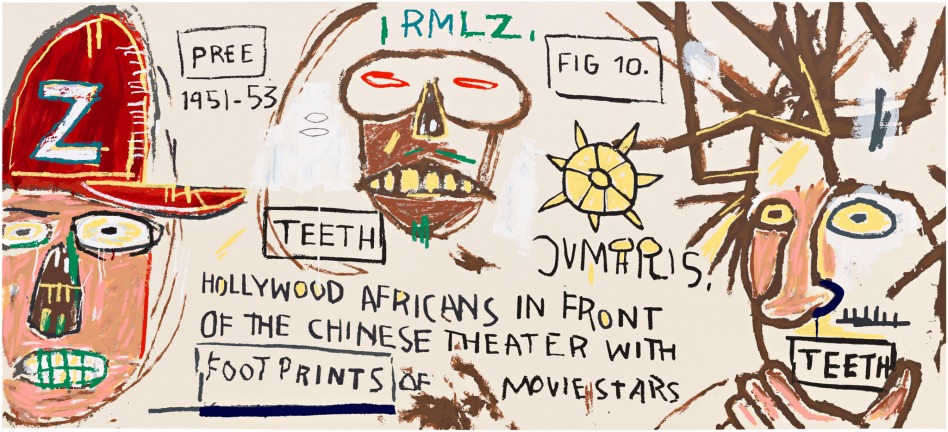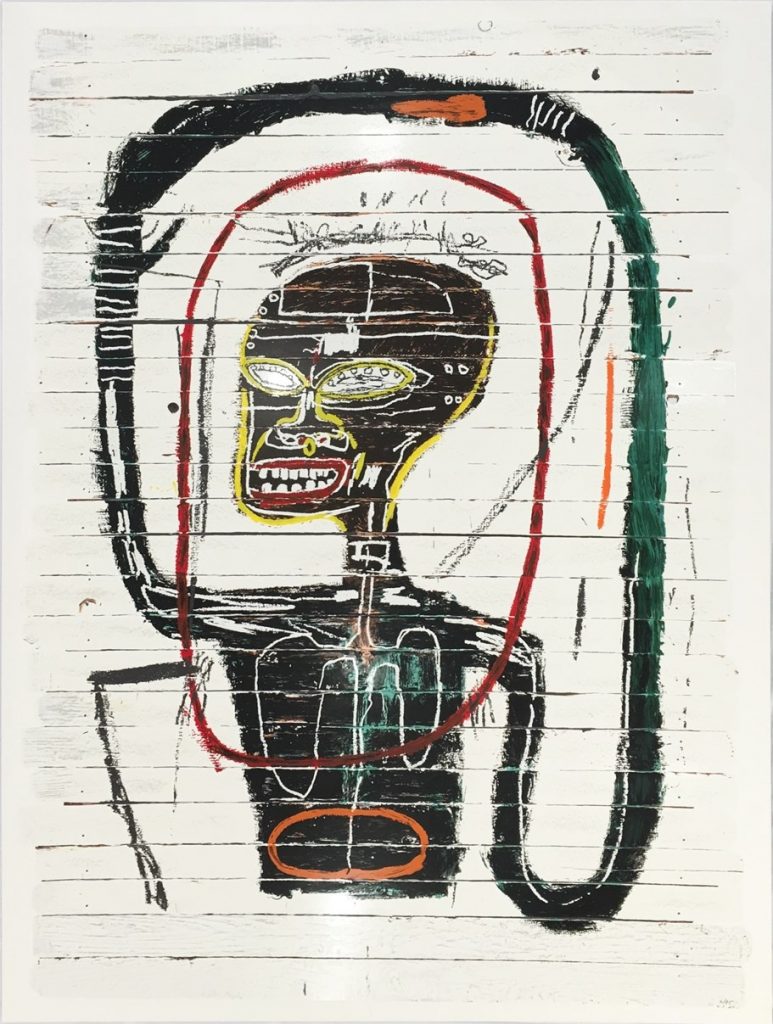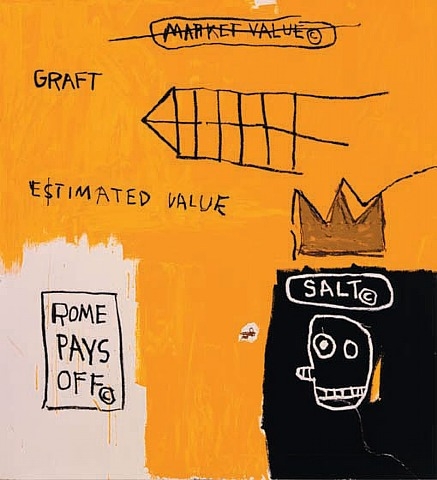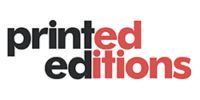Jean-Michel Basquiat Heads
Jean-Michel Basquiat incorporated heads in main of his artwork. A major reference source used by Jean-Michel Basquiat in his paintings and prints throughout his career was the book Gray’s Anatomy, which his mother had given him while he was in the hospital aged seven. It remained influential in his depictions of the head, human anatomy, and in its mixture of images and text.

Heads and skulls are seen as significant focal points of many of Basquiat’s most seminal works. Heads in works like Untitled (Two Heads on Gold) (1982) and Philistines (1982) are reminiscent of African masks, which suggests a cultural reclamation. The skulls allude to Haitian Vodou, which is filled with skull symbolism. The paintings Red Skull (1982) and Untitled (1982) can be seen as primary examples.

In reference to the potent image depicted in Untitled (Skull) (1981), Fred Hoffman writes that Basquiat was likely, “caught off guard, possibly even frightened, by the power and energy emanating from this unexpected image.” Further investigation by Hoffman in his book The Art of Jean-Michel Basquiat reveals a deeper interest in the artist’s fascination with heads that proves an evolution in the artist’s oeuvre from one of raw power to one of more refined cognzsance.

Basquiat (1960 – 1988) was an American artist who rose to success during the 1980s. Regarded as one of the most influential artists of the 20th century, he was part of the Neo-expressionism movement.
Jean-Michel Basquiat Prints
View Jean-Michel Basquiat limited edition prints here.
